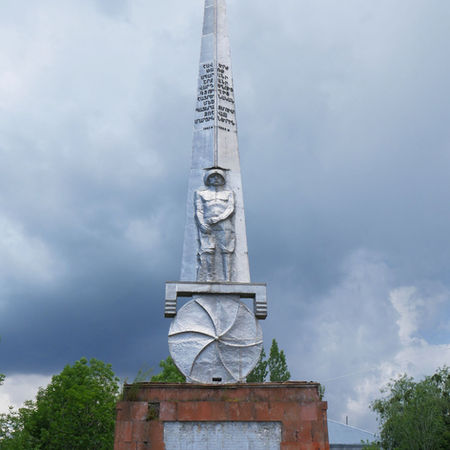

Armenian Eternity Symbol
Explore the rich history and cultural significance of the Armenian eternity symbol, also known as "arevakhach." Uncover the origins and meanings embedded in this ancient emblem that has transcended time, serving as a symbol of identity for the Armenian people. From its early appearances in petroglyphs to its prevalence in architecture, khachkars, and even Armenian rug weaving, discover how this enduring symbol continues to play a vital role in art and spiritual culture, reflecting the timeless heritage of Armenia.
Starting from ancient times, the swastika, or arevakhach (derived from the words sun and cross), held profound meaning for the Armenian people. It symbolized eternity, serving as an ancient national emblem and representing the identity of Armenians.
It is represented as a curved image with arms rotating either to the right or left, originating from a central point. One of the earliest depictions were discovered in the rock paintings of the Armenian Highland, depicting the Sun in the form of a wheel or a swastika (single or multi-winged scroll).
The symbol conveyed positive wishes, embodying concepts such as the sun, life, fire, lightning, fertility, childbirth, progress, and development.
The directional rotations of the swastika carried active and passive meanings. For instance, a baby crib adorned with the symbol rotating to the right was intended for boys, while a left rotation symbolized cribs for girls.

One of the earliest known instances of the eternity symbol, the swastika, dates back to the 16th-15th centuries BC, discovered in excavations in Shamkhor, a historical Armenian region.
Throughout Armenia and its historical territories, the eternity symbol can be traced on architectural pillars, church walls, altars, frescoes, miniatures, khachkars, carpets, jewelry, clothes, household items, and state, public, private, and religious structures.
In medieval Armenian culture, the symbol represented the idea of eternity, particularly in heavenly life. From the 5th century, it became prevalent on Armenian memorial stones and evolved into a widespread symbol of Khachkar. By the 8th century, the eternity symbol was firmly embedded in national iconography, retaining its practical significance to the present day.

The Geghama mountains in the modern-day territory of Armenia reveal petroglyphs featuring the swastika, dating back to 8,000 – 5,000 BC, marking one of the earliest uses of this enigmatic symbol.
As a fundamental element in khachkars, the symbol adorned church walls, tombstones, and architectural elements, including prominent churches like Mashtots Hayrapet Church in Garni, Horomayr Monastery, Nor Varagavank, Tsitsernavank, and many others.
Today, the swastika continues to be an integral part of Armenian identity, prominently featured in art and spiritual symbolism, universally embraced by the Armenian people as a timeless symbol of their heritage.

Even in Armenian rug weaving traditions, Armenian eternity symbol (swastika) finds a place, as seen in a 17th-century Armenian rug where it is prominently featured at the center.

This WWII memorial in Vardenut village features a large Armenian eternity symbol at the base of its metal sculpture
Լուսանկարներ
















